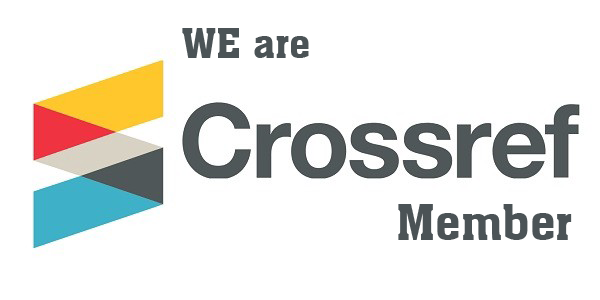Hybrid Triple Quadrature Rule Blending Some Gauss-Type Rules with the classical or the Derivative-Based Newton-Cotes-Type Rules.
DOI:
https://doi.org/10.54172/et373z10Keywords:
Hybrid Quadrature Rule, Milne’s Rule, Anti-Gaussian Quadrature, Derivative-Based Newton-Cotes Quadrature Rules, Composite Mid-Point Newton-Cotes Quadrature Rules, Adaptive Quadrature Rule, Numerical Integration.Abstract
Hybrid numerical quadrature rules are widespread techniques for approximate computations of definite integrals. Such hybrid rules combine as many quadrature rules as long as they possess the same degree of precision. The revenue is a new mixed rule with a higher degree of precision than its constituted rules at least by two. Moreover, such mixed rules are quite simple and handy, because they do not involve any extra evaluations of the integrand. That is by relying on the same number of quadrature points of the constituted rules, the acquired hybrid rule performs more efficiently than its ingredients rules. In this paper; a triple hybrid quadrature rule has been constructed for the numerical integration of real definite integrals that do not possess a closed-form anti-derivative. At First, a dual hybrid rule was produced by blending Milne’s rule of Newton-Cotes type with the anti-Gaussian quadrature rule to prevail a dual rule of a degree of precision equal to five. Then the acquired dual rule is recombined with the composite derivative-based and mid-Point Newton–Cotes formula producing a hybrid triple rule of degree of precision equal to seven. The accomplished approach is satisfactory and efficient in the approximate evaluation of definite real integrals as confirmed analytically by the error analysis and numerically by some verification examples. To promote the degree of precision of the proposed triple approach, the numerical computations have been implemented in an adaptive environment.
Downloads
Published
Issue
Section
License
Copyright (c) 2023 Haniyah A. M. Saed Ben Hamdin , Faoziya S. M. Musbah (Author)

This work is licensed under a Creative Commons Attribution-NonCommercial 4.0 International License.
Copyright of the articles Published by Al-Mukhtar Journal of Basic Sciences (MJBS) is retained by the author(s), who grant MJBS a license to publish the article. Authors also grant any third party the right to use the article freely as long as its integrity is maintained and its original authors and cite MJSc as the original publisher. Also, they accept the article remains published by the MJBS website (except in the occasion of a retraction of the article).












